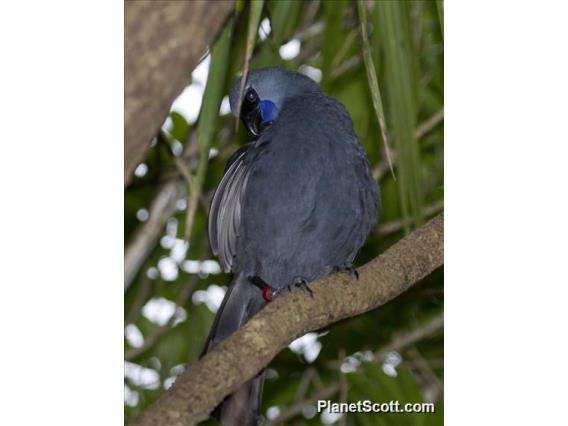North Island Kokako (Callaeas wilsoni)

North Island Kokako (Callaeas wilsoni)
×


North Island Kokako (Callaeas wilsoni)
About North Island Kokako (Callaeas wilsoni)
- Kingdom: Animals
- Phylum: Chordates
- Class: Birds
- Order: Perching Birds
- Family: New Zealand Wattlebirds
The North Island kōkako is a forest bird endemic to the North Island of New Zealand. It is grey in colour, with a small black mask. Adults have distinctive blue wattles. Because of its wattle, the bird is sometimes locally called the blue-wattled crow, although it is not a corvid. The name "kōkako" comes from its vocalization. The song of the North Island kōkako has an almost human-like quality and can sound like its own name.
Source: Wikipedia
Lifelists
Trips
Visits
-
2012-01-26
Tiri Tiri Matangi, New Zealand

